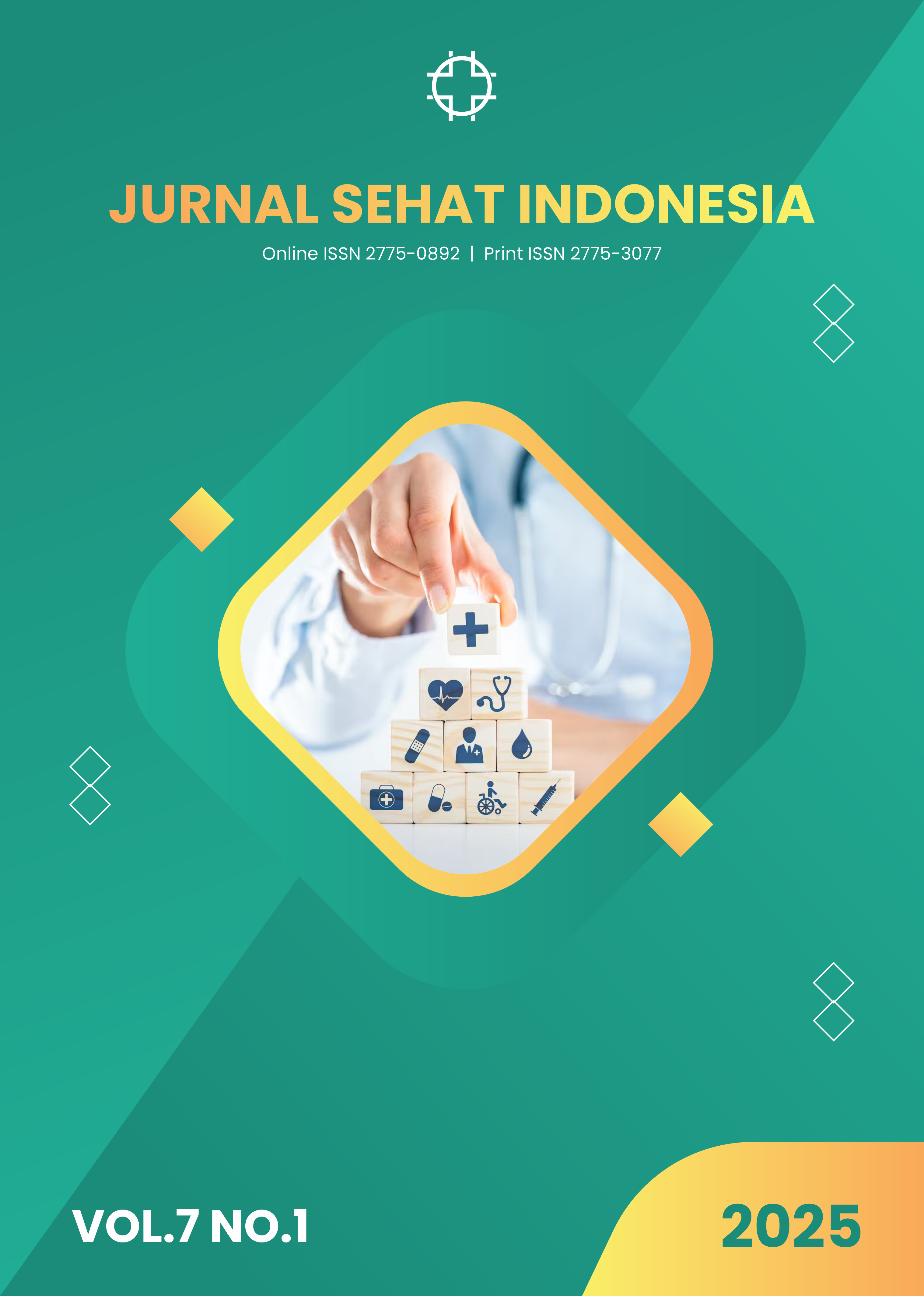Effectiveness of Butterfly Pea (Clitoria Ternatea) Extract Against Streptococcus Mutans Bacterial Growth In Vitro
DOI:
https://doi.org/10.59141/jsi.v7i01.189Keywords:
Dental plaque, Streptococcus Mutans Butterfly Pea Flower, MCI, KBMAbstract
Dental caries is still a significant dental problem and is children's most common infectious disease. Caries is a microbiological infectious disease that can damage the hard tissue of the teeth. Several factors, including the microorganism Streptococcus mutans, cause caries. This bacterium is the main species in dental plaque that plays a role in the etiology of caries. One way to prevent caries is cleaning plaque regularly, one of which is mouthwash. This study aims to determine the effectiveness of butterfly pea flower extract (Clitoria ternatea ) on the growth of Streptococcus mutans in vitro. This type of research is laboratory experimental research using a post-test-only control group design approach. The samples used were butterfly pea flower extract ( Clitoria ternatea ) diluted with DMSO to a concentration of 100%, 50%, 25%, 12.5%, 3.125%, 6.125% and Streptococcus mutans ATCC 25175. This research was conducted using the MIC test dilution method and KBM to see the effectiveness of the antibacterial extract against the test bacteria. Analysis of research data using the one-way ANOVA test (p <0.05) to see significant differences between study groups with the number of test bacteria, followed by a double comparison test with the Post Hoc Least Significance Different (LSD) method to determine the average difference between treatment groups. Antibacterial effectiveness test results showed that butterfly pea flower extract (Clitoria ternatea) was effective in inhibiting Streptococcus mutans bacteria (p<0.05), at a concentration of 25% was the minimum inhibitory level (MIC) and 50% concentration was the minimum killing rate (MBC). This study concludes that the extract of butterfly pea flower (Clitoria ternatea) effectively inhibits and kills Streptococcus mutans bacteria
Downloads
Published
How to Cite
Issue
Section
License
Copyright (c) 2025 Siti Salmiah, Jesica Dwiasta Octaria Mp Nainggolan

This work is licensed under a Creative Commons Attribution-ShareAlike 4.0 International License.
Authors who publish with this journal agree to the following terms:
- Authors retain copyright and grant the journal right of first publication with the work simultaneously licensed under aCreative Commons Attribution-ShareAlike 4.0 International (CC-BY-SA). that allows others to share the work with an acknowledgement of the work's authorship and initial publication in this journal.
- Authors are able to enter into separate, additional contractual arrangements for the non-exclusive distribution of the journal's published version of the work (e.g., post it to an institutional repository or publish it in a book), with an acknowledgement of its initial publication in this journal.
- Authors are permitted and encouraged to post their work online (e.g., in institutional repositories or on their website) prior to and during the submission process, as it can lead to productive exchanges, as well as earlier and greater citation of published work.







